Introduction: An Opulent Irony
In the realm of luxury pickups, the GMC Sierra 1500 Denali stands tall, boasting a combination of rugged capability and lavish comfort. While its price tag of nearly $90,000 reflects its premium appeal, a glaring flaw lurks beneath the surface—its backup camera’s meager performance in low-light conditions. Despite an arsenal of technological features, this significant limitation reveals a troubling trend in the automotive industry that warrants attention.
A Closer Look at the Denali Ultimate
The GMC Sierra 1500 Denali Ultimate emerged as the pinnacle of the Sierra lineup, debuting its fourth generation in 2019 with a refresh in 2022. With its imposing presence and striking design, including a formidable dark Vader Chrome grille and stunning 22-inch aluminum wheels, the Denali Ultimate elegantly marries style and functionality. The luxurious cabin is equipped with cutting-edge amenities, featuring a 12.3-inch driver display, a 13.4-inch center touchscreen, and a sophisticated 12-speaker Bose surround sound system. Yet, amidst this sophistication lies a crucial vulnerability: the backup camera.
A Technological Shortcoming
This model boasts three exterior cameras—one at the front and two positioned atop the tailgate—intended to provide enhanced visibility and assist in parking and towing scenarios. While the daytime performance of the backup camera is passable, nighttime reveals a stark deficiency. The camera, plagued by a dark filter, renders images discolored, rendering low-contrast objects nearly invisible. Poorly lit surroundings exacerbate this issue, as the backup lights fail to provide adequate illumination, leaving drivers in a perilous position.
Frustration Among Owners
Voices of discontent echo across online forums as owners express their dissatisfaction with the nighttime visibility of the backup camera. The design appears to be an inherent flaw; with the camera situated high on the truck bed and the backup lights set low in the taillights, the adaptive synergy between these two crucial components falters. The bed’s length compounds the issue, casting shadows that obscure potential hazards just as drivers attempt to navigate in reverse.
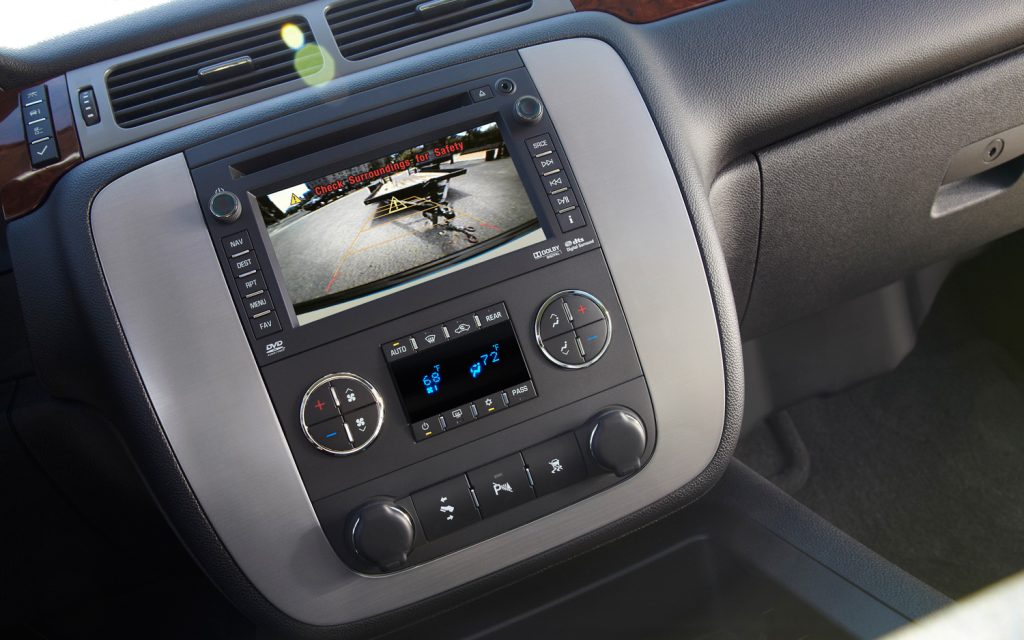
Industry-Wide Concerns
Unfortunately, the GMC Sierra’s predicament is not an isolated incident. Further investigation reveals that similar complaints resonate among owners of other popular trucks such as the Ford F-150, Chevy Silverado, and Ram 1500. The issue highlights a glaring oversight; a lack of federal requirements on the image quality of backup cameras allows manufacturers to meet only minimal standards. Although the National Highway Traffic Safety Administration (NHTSA) mandated the inclusion of backup cameras in all new vehicles post-2018, there were no stipulations concerning their actual image clarity or performance in varying conditions.
A Call to Action
As concerns mount, a clarion call emerges for manufacturers and federal regulators alike. Pickup truck makers must elevate the quality of their backup cameras, investing in superior lighting solutions that enable these systems to perform optimally in all scenarios. Furthermore, justice demands that the government step in and enforce stringent guidelines on image quality, ensuring the safety of drivers everywhere.
Conclusion: A Plea for Improvement
As the sun sets on the GMC Sierra 1500 Denali Ultimate, the struggles of its backup camera serve as a reminder of the persistent gaps in automotive technology. Until advancements are made—both in the vehicles themselves and within the broader regulatory framework—drivers may find themselves relying on aftermarket solutions to enhance their nighttime visibility. In a world where luxury is expected, safety should never be an afterthought.

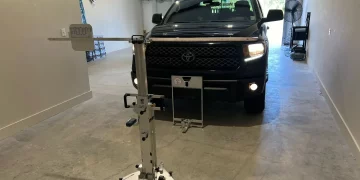
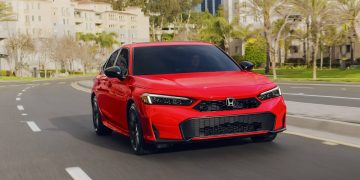
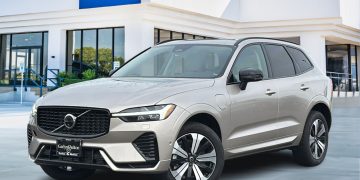
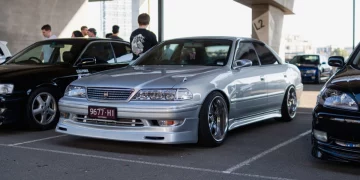

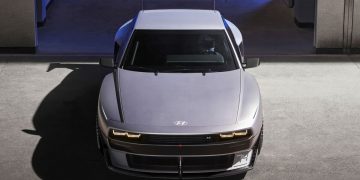

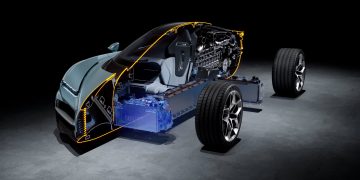





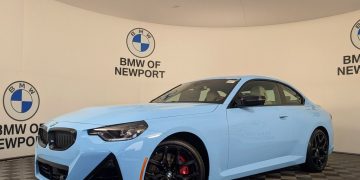



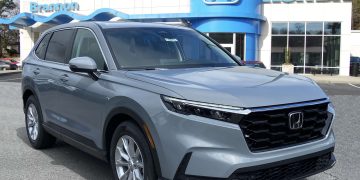















Discussion about this post